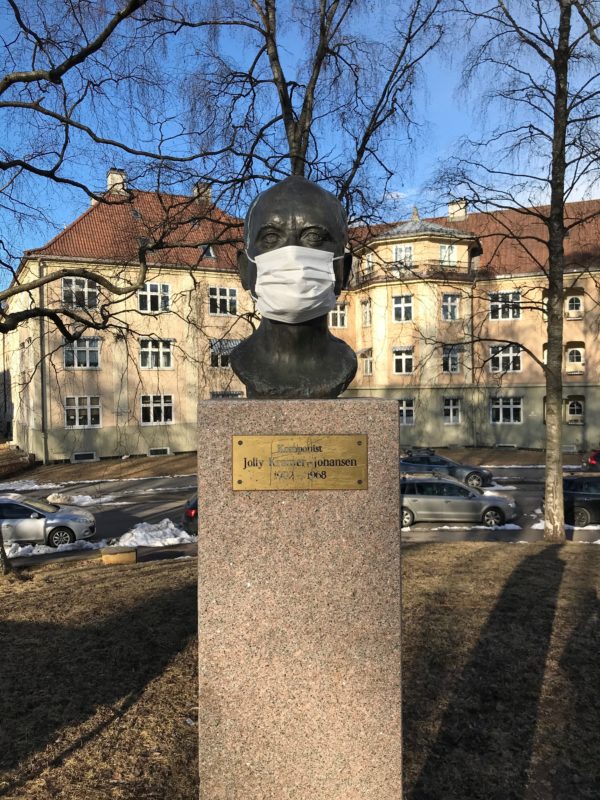
Mapping Memorialization of Pandemic Experiences
“Mapping Memorialization of Pandemic Experiences” is a project aiming to locate the tangible and intangible heritage created to mourn COVID-19 deaths.
On March 11th, 2020, the World Health Organization declared COVID-19 a pandemic. As of February 28th, 2021, there have been over 113 million confirmed cases of the coronavirus worldwide, resulting in nearly 2.5 million deaths over 223 countries. In the wake of the pandemic, social interactions and community life around the world have been altered in ways that are unprecedented in recent history. One of the most dramatic effects of the pandemic has been the unprecedent high rates of death.
In this context of cultural trauma, public memorial events, either sporadic or organized, have spread globally to all the communities affected. People not only have buried their relatives in private ceremonies but have also organised social tributes to them aiming both to honour the victims of this pandemic, and to create a warning to others about the effects of COVID-19.
The project has created a database of relevant locations around the world and established themes of memorialization that symbolize the emotional and political experiences behind COVID-19 tributes. The project has categorized these documented experiences into four types: memorial places, ceremonies and events, cemeteries (specifically new uses or re-uses of burial places), and cybermemorials. In these categories we have collected sporadic individual manifestations, civic or grassroot initiatives, and institutionalized driven events. Some of them are private ceremonies responding to the current situation, others are part of established religious practices, and others aim to challenge the political circumstances surrounding COVID-19 deaths.
Project researchers: Laia Colomer and Edwin Schmitt
- Status Finished
- Financed by The Norwegian Institute for Cultural Heritage Research
- Time 2020-2021

